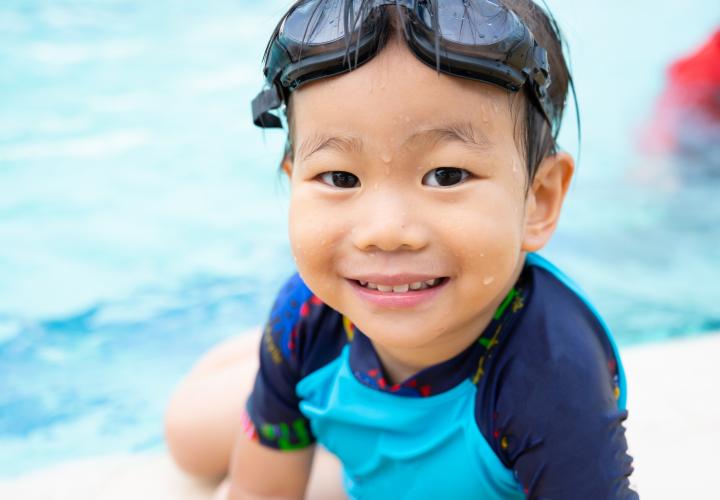As the weather warms up and families flock to pools, beaches, and lakes to beat the heat, it's crucial for parents to be vigilant about water safety. Drowning is the leading cause of injury-related death among children aged 1-4 years old, and it ranks as the third leading cause of unintentional injury-related death in children aged 1-19 years old. Here are some important facts and safety tips to keep your little ones safe around water:
Water Safety Facts
Seasonal Patterns: In Connecticut, 88% of pediatric drownings occur between May and August, with over half happening on Fridays through Sundays, particularly during holiday weekends like Memorial Day and the Fourth of July.
Location Matters: Surprisingly, 64% of pediatric drownings occur at or within 10 miles of home. The risk varies with age:
- Children under a year old are more likely to drown in the home, often in the bathtub or a bucket.
- Kids aged 1-8 years are at higher risk in residential or commercial pools.
- Children aged 9-13 are more prone to drowning in natural bodies of water.
- Teens aged 14-17 face higher risks in natural bodies of water compared to pools or bathtubs.
Water Safety Tips
Constant Supervision: Never leave your child unattended near water, even for a moment. Designate a responsible adult as the "Water Watcher" to keep a close eye on children without distractions. Rotate this responsibility among adults every 15 minutes.
Swim Lessons: Teach your children to swim and learn basic water survival skills. Enroll them in swim lessons when they're ready.
CPR and Rescue Skills: Learn CPR and basic water rescue skills to respond effectively in emergencies without endangering yourself.
Buddy System: Older children should always swim with a buddy.
Pool Safety:
- Stay away from drains and secure long hair to avoid entrapment.
- Avoid relying solely on inflatable toys; keep non-swimmers within arm's reach.
- Ensure pool gates are latched securely and look for lifesaving equipment nearby.
Open Water Safety:
- Teach children the differences between swimming in a pool and open water, including limited visibility, depth, currents, and undertows.
- Wear properly fitted personal flotation devices (PFDs) in open water.
- Teach kids how to tread water, float, and swim out of rip currents.
- Discourage diving headfirst into unknown waters; enter feet first.
- Only swim in areas designated for swimming.
By following these safety tips and staying vigilant, parents can help prevent water-related accidents and keep their children safe during summer fun. For more detailed information, check out Safe Kids and their swimming safety tips at safekids.org. Remember, a few precautions can make all the difference in ensuring a happy and safe experience for your family around water this summer.
